This is my first attempt at dissecting the Health and Safety Act. There is so much to digest so if you think I have got anything wrong or that I haven’t considered something that is relevant, please let me know and I will happily update once researched further.
I also realise that there are probably lots of questions that get generated from this as I have had to stop myself from going off on tangents! I will do a follow up blog to answer any questions and to elaborate on sections that need elaborating.
When I was 4 years old I was at a friend’s birthday party and I was climbing a tree when it happened. I was coming down from the branch onto a rope ladder. I fell to the ground and broke my arm. I remember it all very well. I remember the cast being so hot, it meant I couldn’t swim in the sea and I had to have a shower with a bag around the cast. It was a long hot summer!
I also remember a life time of bragging rights! Whenever anyone asked if I had broken any bones I would proudly say ‘yes when I was 4 I fell out of a tree and broke my arm’. I would also tell them about all the other injuries I had had like the cuts and the bruises and the grazes. I enjoyed giving all the details.
For me, breaking my arm was not a problem, it was just a part of growing up. It was a rite of passage in my eyes.
I learnt a lot that day. I learnt that I am not invincible, I learnt about gravity and cause and effect, I learnt that it hurts to break a bone and that it needs time to heel, I learnt to slow down just a little and I learnt about assessing risks.
As parents or educators, we want to protect our kids from serious harm which sounds fair enough to me. But is a broken arm classed as serious harm? What is the long-term implication of a broken bone? Is there a long-term implication?
At the Nature Play Conference 2018 we had a discussion on tree climbing and it has also been brought up on a couple of Facebook groups lately including the Nature Educators NZ Facebook group.
What I find really interesting is that many ECE’s (not all) allow tree climbing in various forms with their under 5-year olds yet there are more and more primary schools banning it. This was a bit of a shock for me. The younger children can climb trees but the older children are less likely to be allowed or there are restrictions put on them. (Please note these are my observations only!)
When looking at it like that it seems a bit strange as we are all using the same health and safety guidelines yet there seems to be some very different interpretations on what is and isn’t possible.
HEALTH AND SAFETY ACT
The Health and Safety Act was updated in 2015. The original act came about following the cave creek accident in 1995. The act is there to protect people from death or serious injury or illness, through negligence.
The act emphasises that everyone is responsible for health and safety, not just the managers or health and safety representatives.
Overall it promotes having robust health and safety practices. There are 11 key components to a Health and Safety system that can be used to develop your health and safety systems.
If you have read it you will notice that much of the language feels like it is aimed at occupations where there is a higher exposure to life threatening risks, like factory work and farming. In those kinds of workplaces they need to remove and minimise risks for the safety of the workers.
As the act covers all places of work this is where it can be left open to interpretation.
The great thing about this revision of the act, which was missing from the last version, is that most sectors have guiding documents specific to their industry and luckily, education is one of them.
There are two guidebooks that have been developed. Click here for schools and boards and here for ECE.
When we look at the act from a teaching perspective, protecting our children from serious or life-threatening harm is essential and that is what the act is there to do. Protect us ALL from serious harm.
When the act says remove all risks where practically possible, we know that is true for farming and factories as the risks in those industries are significant.
But we also know that it is essential for children’s development to have the ability to engage in risky play. To do that some risks need to exist, and I like to call them age appropriate risks. Here is some New Zealand research for further reading.
A slight side track here as I want to mention briefly the benefits of using a risk benefit assessment. Tim Gill, an independent researcher and risky play advocate along with a team from the UK developed a new approach for risk assessment.
Instead of focusing on the hazards, risks and controls it suggests starting with looking at the benefits. It’s a wonderful model and helps us to look at what can be gained from risks rather than they are bad things to be avoided. I am going to link to it here and carry on.
Tim also talked about two types of injuries. Learning injuries which are scratches, bruises, grazes and the odd broken bone. And there are Life altering injuries which are injuries that cause life altering or serious harm.
When we look at age appropriate risk taking, there are likely to be some learning injuries. These are ok and children learn from them.
We are trying to protect our children from the life altering injuries and I am sure you would agree with me there!
There is a difference between reckless endangerment and age appropriate risks. As educators we know this, but this new revision seems to have us questioning ourselves through fear or being investigated, being prosecuted or even too much paperwork.
One thing that hasn’t changed in the new revision of the Health and Safety Act is ‘The HSWA encourages a proactive approach to keeping people safe from harm. If there is a failure to put appropriate systems in place to identify potential harm and work collaboratively to keep people safe, then prosecutions or penalties may follow’.
I think the term prosecution scares people but there are no differences to this section of the act, just some slight changes to the penalties. You can find out more about prosecutions through the guide for schools and boards above, section 2.13.
DEFINITIONS
From a Worksafe perspective they want to be notified if there is a notifiable incident or a serious risk arising from a situation. Here are some of the definitions given before I get to the good stuff! You are welcome to skip this little bit – I just wanted to include it so you can see what these words mean according to the act. The next part will mean a whole lot more!
Notifiable Event – the death of a person, a notifiable injury or illness or a notifiable incident (ie, a near miss) that arises from work
Notifiable Incident – An unplanned or uncontrolled incident in the workplace that exposes a worker or any other person to a serious risk to that person’s health or safety arising from an immediate or imminent exposure to a variety of hazards including:
• an escape, spillage or leakage of a substance
• an implosion, explosion or fire
• an escape of gas, steam or a pressurised substance
• electric shock
• the fall or release from a height of any plant, substance or thing
• the collapse, overturning, failure or malfunction of, or damage to, any plant that is required to be authorised for use in accordance with regulations
• the collapse or partial collapse of a structure.
Notifiable Injury or illness – In relation to a person, is one that requires the person to:
• have immediate treatment (other than first aid) for any of the following:
» amputation of any part of his or her body
» serious head or eye injury, or a serious burn
» separation of his or her skin from an underlying tissue (such as degloving
or scalping)
» a spinal injury
» the loss of bodily function
» serious lacerations
• be admitted to hospital for immediate treatment
• have medical treatment within 48 hours of exposure to a substance.
A notifiable injury or illness also includes any serious infection to which the carrying
out of work is a significant contributing factor.
The flow chart specifies that from an MOE and Worksafe perspective – they should only be notified if the injury or illness are ‘notifiable’. If they are not notifiable then they don’t need to be reported to MOE or Worksafe. Please note that you will likely still have an internal reporting process but that is just there to make sure that hazards are being assessed and reported in the right way.
TO NOTIFY OR NOT TO NOTIFY
These examples come directly from the Health and Safety When to Notify Webpage. It clarifies when Worksafe want to be notified and gives examples relevant to teaching in ECE and schools. Why I love this is that it specifically gives the example of climbing trees.
Reason to Notify Worksafe and MOE: An injury or illness that requires (or would usually require) the person to be admitted to hospital for immediate treatment.
When to Notify Worksafe and MOE: ‘Admitted to a hospital’ means being admitted to hospital as an in-patient for any length of time.
For example:
» A child falls from a tree at lunch time and breaks a bone and requires surgery and/or admission to hospital
» A teacher falls from a step ladder while putting up Christmas decorations and breaks a bone and requires admission to hospital
Don’t Notify Worksafe and MOE: Being taken to the hospital for out-patient treatment by a hospital’s A&E department, or for corrective surgery at a later time, such as straightening a broken nose. Illnesses, sprains, breaks and fractures treated in A + E and not admitted to hospital
For example:
» A child falls from a tree at lunch time and breaks a bone requiring a cast, but not admission to hospital
» A group of children are playing at lunch time, one falls over and breaks a bone, but not admitted to hospital
» Someone slips over on a school camp, and breaks an ankle but is not admitted to hospital
» A person receives a human bite and requires a doctor’s visit but no further medical treatment
WHAT DOES THIS ACTUALLY MEAN
So what the above all means is that if you treat someone for first aid at your centre or school or they go to A&E and get a cast for a broken bone but are not admitted to hospital – Then you do not need to report it to Worksafe. You will still record this in your incident/accident register etc. but it is not classed as a notifiable event.
That appears to be one of the main fears that ‘if someone breaks a bone falling out of a tree then you will get prosecuted’.
The act does not say don’t climb trees. It says have a thorough health and safety system, make sure everyone is responsible, protect everyone from death and serious harm and continue to make sure you take an active role in assessing and reporting risks.
If you have a robust health and safety system and are following it and someone does break their arm falling out of a tree, yes there will be some paperwork. The paperwork is not there to trip you up. It is there to identify any patterns, and to have a process to follow to assess if any changes need to be made.
If something more serious was to happen (someone is admitted to hospital) and you are following the robust health and safety system set out by your organisation, then that is what the act is aiming for.
The process for a notifiable event is always to investigate first. If you have a robust health and safety system and you were implementing it accordance with your H&S systems, then it is likely that there will be some actions that come out of it, to remove/minimise that hazard, but this does not mean you will be prosecuted.
If you are being reckless, not following your health and safety systems, failing to comply or exposing someone to death or serious harm with your knowledge, then you can be prosecuted.
WHAT DO I DO NOW
Now I can appreciate you might not be the person doing the assessing and making the decisions, so this is where getting a board or manager onside can be challenging. I get that.
Information is power. Having a conversation about what risks are acceptable within your ECE or school is a conversation worth having. It comes down to your culture which is underpinned by your philosophy.
To change the way we behave or react to ‘risks’ we need to address the way we think. Conversations are the starting point and where we can start to get a mindset shift.
Including research and sharing how the risk benefit model could help your board or team to make decisions in a considered way rather than a reactive way, is also a positive step.
Just like the playground standards, the Health and Safety Act is not trying to stop children from being children. It is trying to remove serious harm while allowing for a child’s need to engage in age appropriate risky play. And according to them, that also includes the odd broken bone!
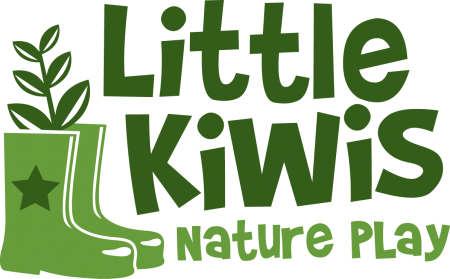
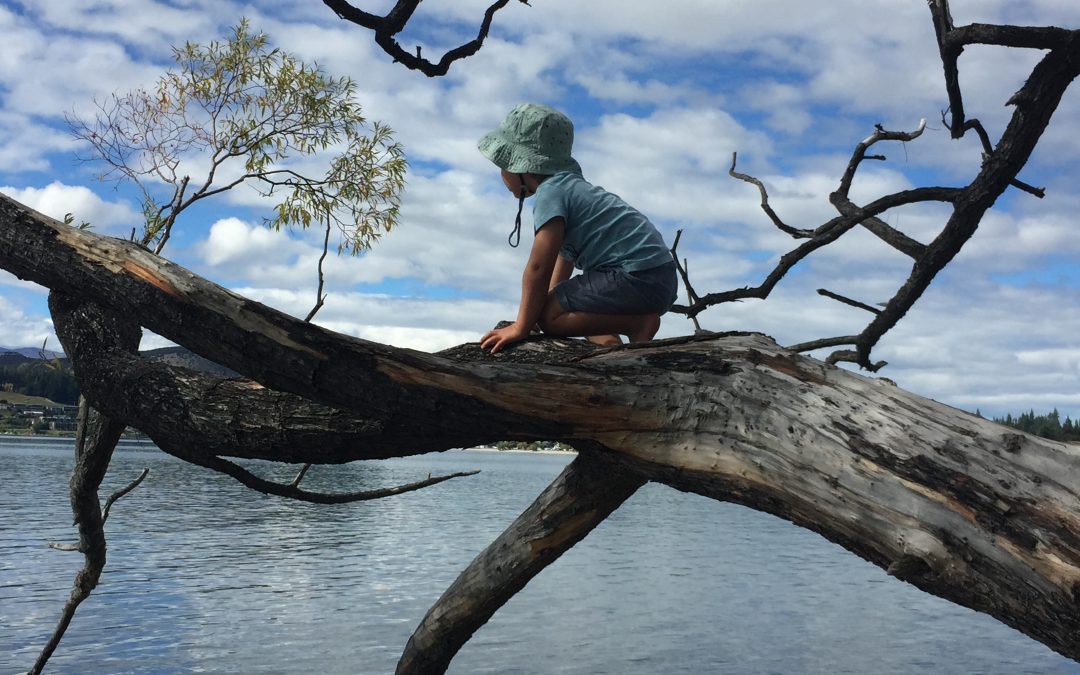
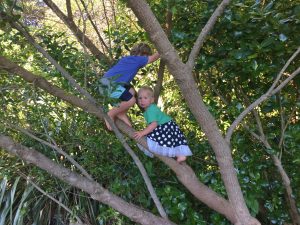
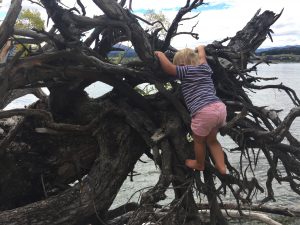
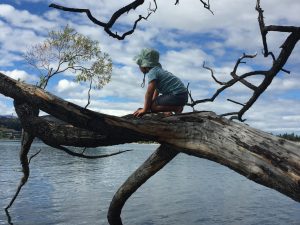
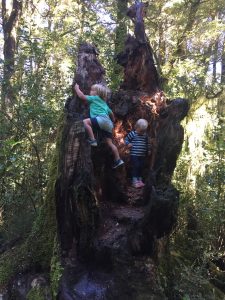
Kia ora Celia
Tree climbing is part of our philosophy and culture. We place mats under the tree climbing area. Information about the hazard is contained in our hazard identification checklist.
Specifically locating the “when to notify” information is very helpful and may cause some practitioners to think about allowing children to take risks and learn from these experiences.
Thank you for emailing the information to me.
Kind regards, Joyce McHerron
Thanks for this post. Perfect timing as we share all we have learnt at the Nature Play Conference to our centre over the coming week. This supports what I have learnt and will enable me to hopefully encourage our centre to embrace the Act rather than fear it.
What a great article. I learned lots and appreciate the links to research etc.
Thanks for the excellent article and links too; Cheers